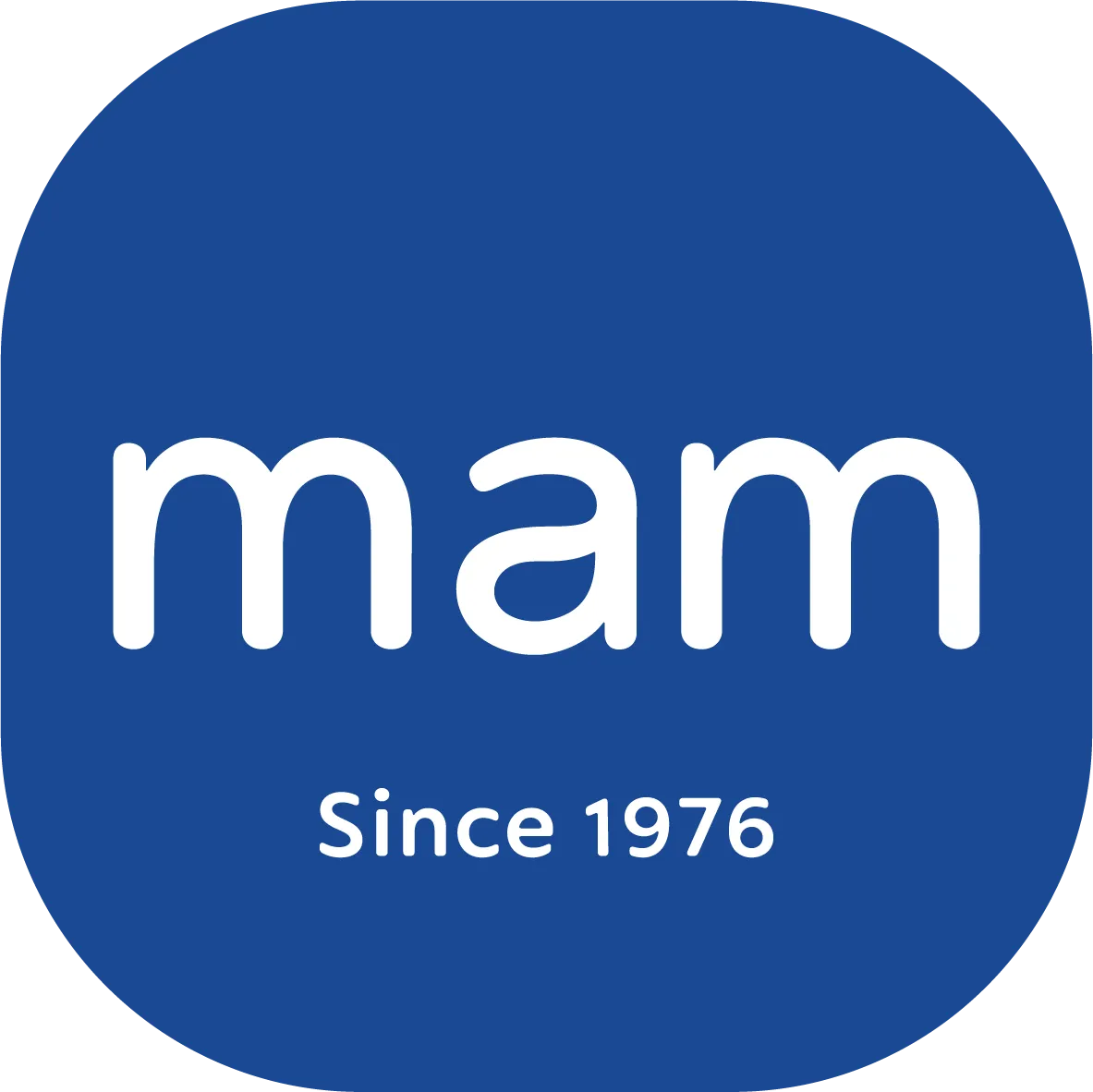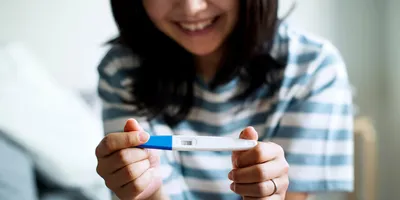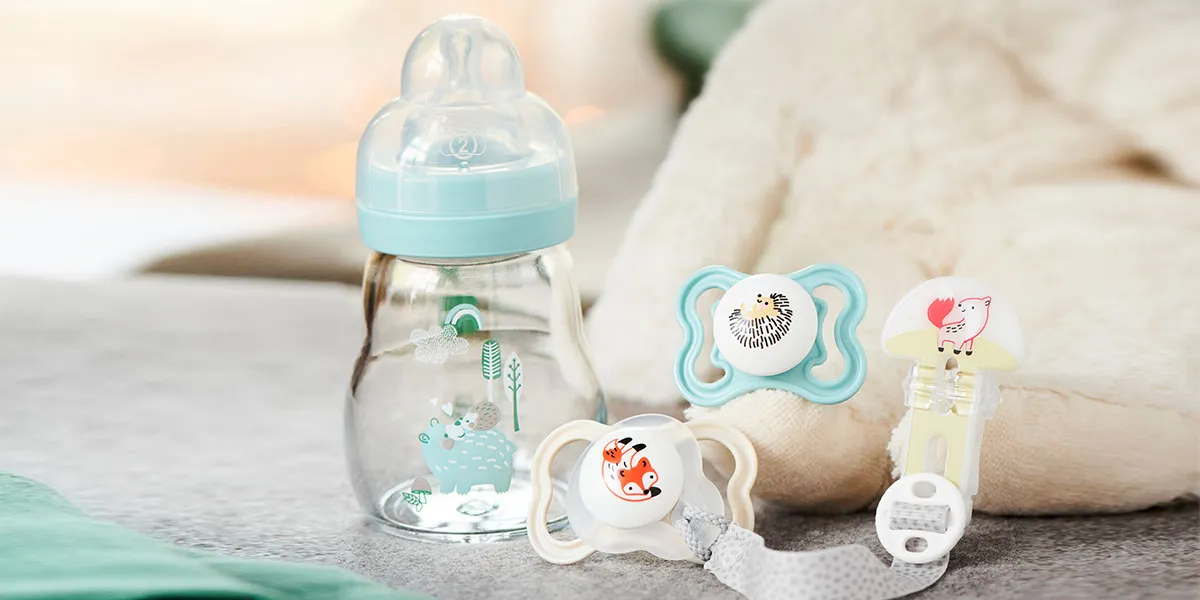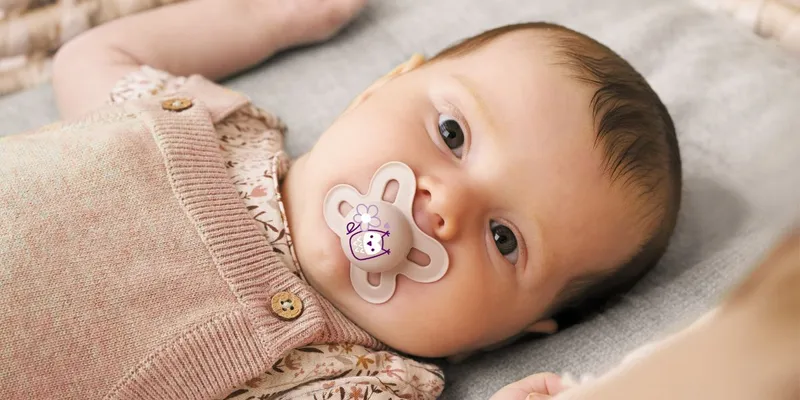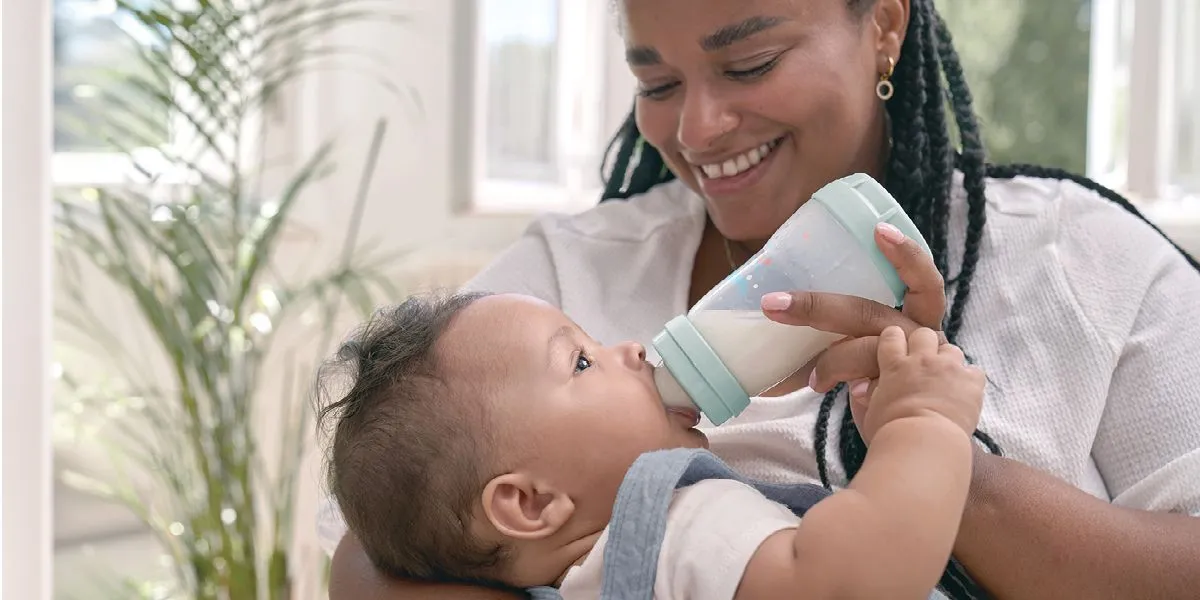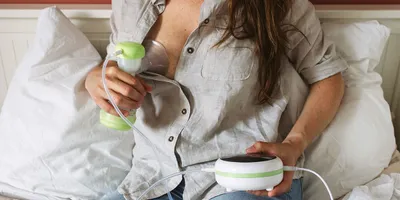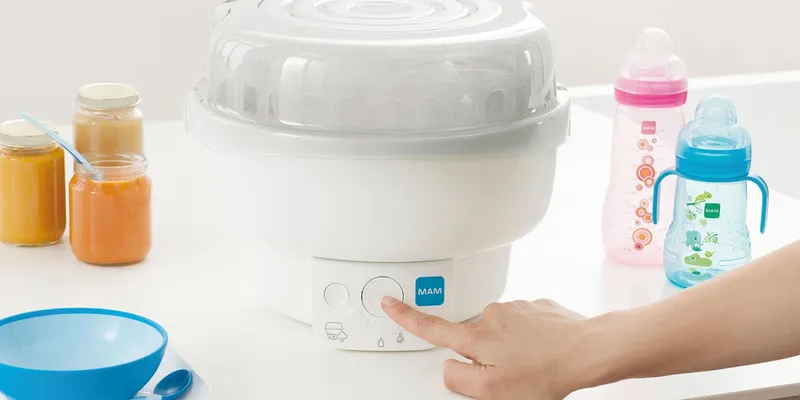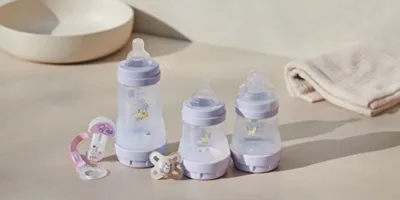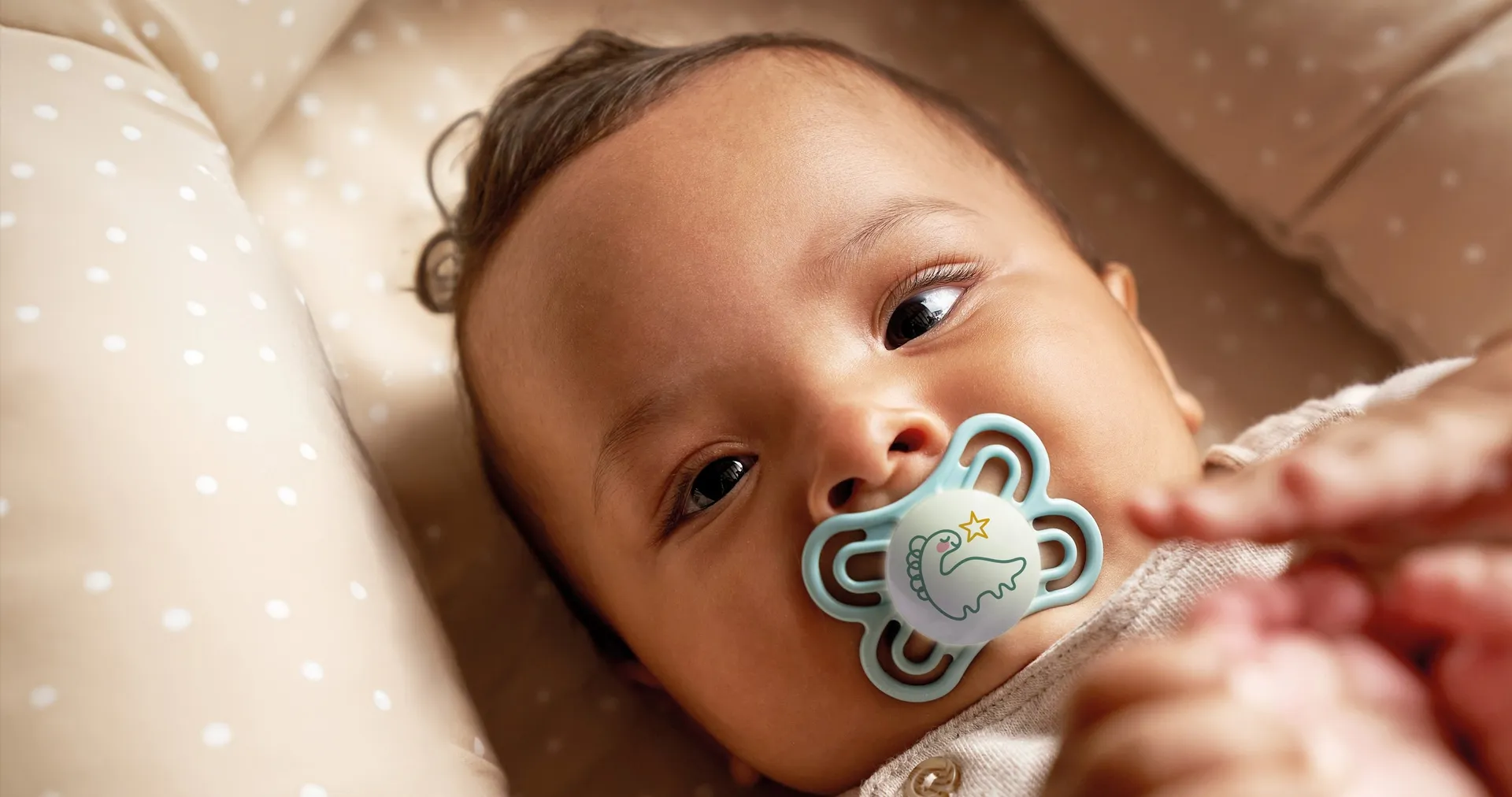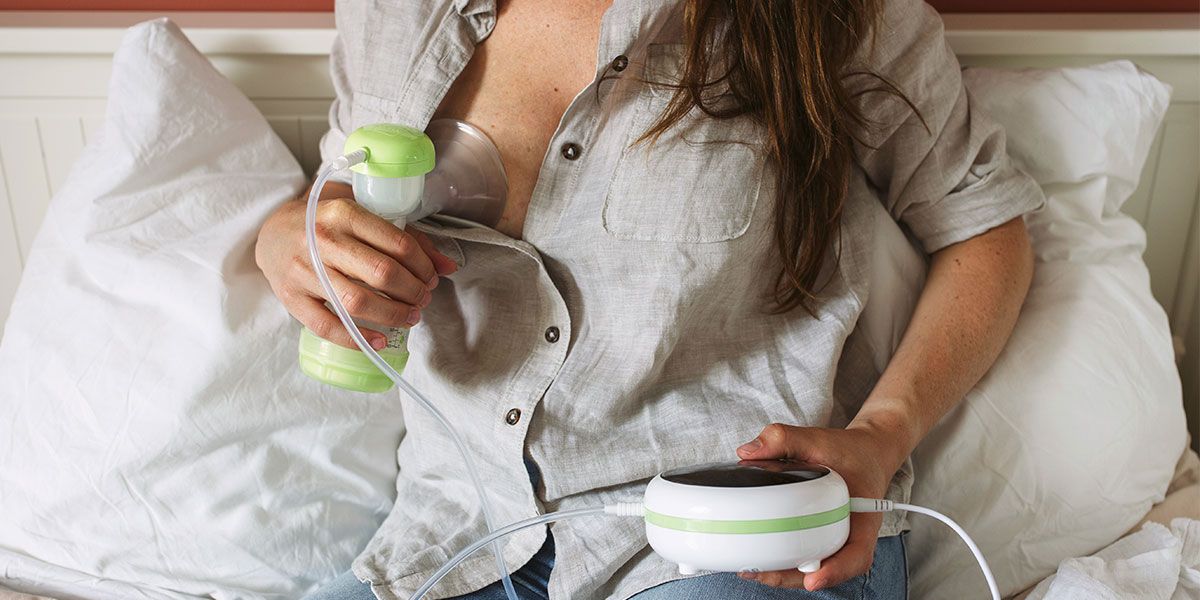Les bouts de sein doivent être nettoyés avant et après chaque utilisation.
Avant la première utilisation, mettre les bouts de sein dans de l’eau bouillante pendant 5 minutes par mesure d’hygiène. Laisser refroidir avant utilisation.
Si vous souhaitez stériliser, utiliser l’une des 3 méthodes suivantes :
la stérilisation vapeur (électrique ou micro-ondes, veiller à respecter les conseils d’utilisation du fabriquant),
la stérilisation à l’eau bouillante pendant 5 minutes ou à l’aide d’un liquide de stérilisation. Éviter les agents nettoyants agressifs ou abrasifs (détergent, liquide vaisselle). Pour conserver les bouts de sein stérilisés hygiéniquement, les garder dans la boîte stérilisée fermée.
Mode d’emploi de la boîte de stérilisation :
Avant la première utilisation : enlever la fermeture de sécurité et tous les autocollants de la boîte. Par mesure d’hygiène, nettoyer les bouts de sein et la boîte avec de l’eau légèrement savonneuse puis rincer à l’eau claire avant leur utilisation.
S’assurer que tous les éléments (bouts de sein, boîte, micro-ondes etc.) sont propres avant leur utilisation. Le cas échéant, enlever salissures, résidus alimentaires, éclaboussures d’huile, etc. susceptibles de compromettre la stérilisation et d’endommager les bouts de sein, la boîte et le micro-ondes. Cela pourrait faire fondre les produits ou la boîte, provoquer des étincelles dans le micro-ondes et prendre feu.
- Commencer par remplir la boîte de 15 ml d’eau jusqu’au marquage.
- Placer ensuite les bouts de sein dans la boîte.
- Fermer la boîte et mettre 3 minutes au micro-ondes à 750 - 1 000 watts. Il est possible de stériliser 2 boîtes en même temps.
- Suivre les consignes d’utilisation du micro-ondes. Ne pas placer la boîte de stérilisation au centre du plateau tournant du micro-ondes. Ne pas laisser le micro-ondes sans surveillance durant la stérilisation.
- Si toute l’eau s’est évaporée, arrêter immédiatement le micro-ondes. Laisser refroidir pendant au moins 3 minutes.
- Ouvrir le micro-ondes. ATTENTION, la boîte, l’eau et les bouts de sein peuvent être encore très chauds malgré les 3 minutes de refroidissement.
Après stérilisation au micro-ondes les bouts de sein restent désinfectés pendant 48 heures si la boîte de stérilisation n’est pas ouverte. Pour un usage immédiat ouvrir la boîte et retirer l’eau restante. Laisser les bouts de sein sécher dans la boîte entrouverte.
Vérifier la température des bouts de sein avant toute utilisation. Un niveau d’eau, de puissance et une durée non appropriés peuvent endommager le micro-ondes, les bouts de sein et la boîte et compromettre la stérilisation.
Utiliser la boîte de stérilisation uniquement avec des bouts de sein MAM. Maintenir la boîte hors de la portée des enfants.
